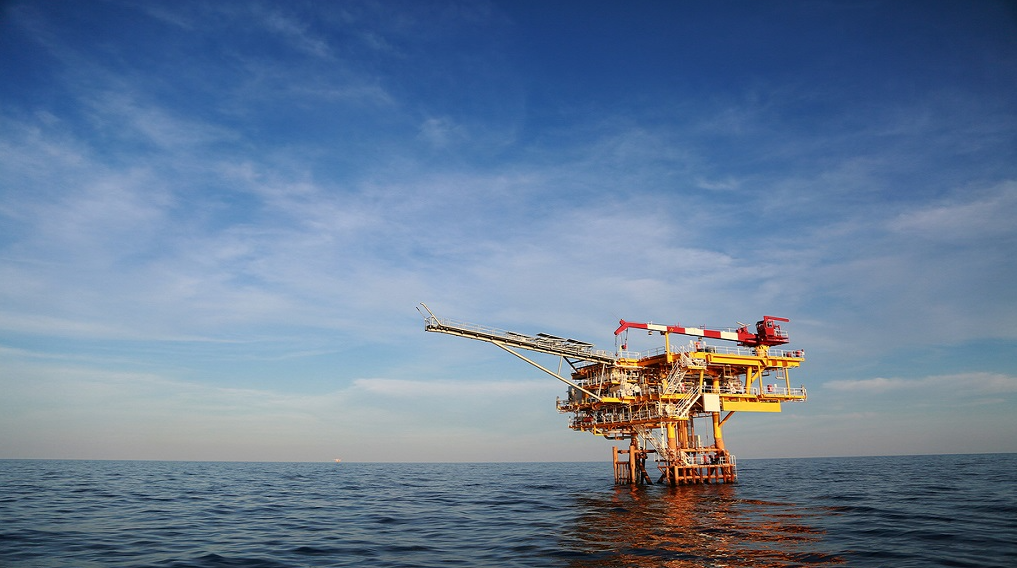
Australia has a long history of oil and gas production. The ongoing development of its substantial reserves is strengthening the country’s position as a leading global player in the sector. Oil and gas exports are a major contributor to the Australian economy, earning A$23.2 billion in 2015.
Conventional Oil & Gas
Define your investing goals.
Oil remained the largest primary energy source in Australia, at 38 per cent in 2013–14. Gas is Australia’s third largest energy resource after oil and coal, accounting for 24 per cent. 2 By the end of the decade, Australia should be home to ten operational LNG projects with a combined nameplate capacity of 86 million tonnes per annum (mtpa).
This will put Australia on track to become the world’s largest exporter of LNG by the end of the decade
Australia’s competitive position is underpinned by a strong economy, abundant resources, supportive government policies, mature trade links with key markets, and the participation of the world’s major oil and gas companies at all stages of the supply chain.
Australia has substantial conventional gas resources. Australia’s proved and probable gas reserves stood at 126,000 petajoules, comprising 83,000 petajoules of conventional gas. Australia produced 2,460 petajoules of gas in 2014–15, of which 50 per cent was exported as liquefied natural gas(LNG).
Around 92 per cent of Australia’s conventional gas resources are located in the Carnarvon, Browse and Bonaparte basins off the coast of Western Australia and the Northern Territory. There are also resources in offshore basins along Australia’s southern margin as well as in onshore basins. The potential for additional commercial discoveries is large.
Australia’s oil resources are primarily condensate and naturally occurring liquefied petroleum gas (LPG) associated with large offshore gas fields. Australia also has a number of crude oil reserves. There is scope for growth in Australia’s oil reserves in existing fields, and for new oil discoveries in proven basins and in underexplored frontier basins. Australia has large unconventional oil resources hosted in oil shales. These resources, along with the recently recognised potential for shale gas liquids and light tight oil, could potentially contribute to future oil supply. Identified shale oil resources contained in immature oil shale deposits is estimated at 131,659 petajoules (22,391 MMbbl).
The growing global demand for energy, led mainly by China and India over the past decade, coupled with the shift in energy transition has driven a strong increase in gas demand, particularly LNG due to its suitability for long-distance transportation. Australia’s geographic/geological positioning, ability to attract foreign investors/oil and gas majors and key Asian LNG buyers has enabled Australia to meet the various demands and emerge as one of the world’s largest LNG exporters.
Australia remained the world’s third largest LNG exporter in 2014 and accounted for 10 per cent of world LNG trade. The strongest growth in Australia’s export earnings will be in LNG, which is projected to increase from 23.2 million tonnes in 2013–14 to about 80 million tonnes in 2019–20. By the end of this decade Australia is expected to be the world’s largest LNG exporter, generating estimated export earnings of almost $45 billion in 2019–20 compared to just over $17 billion in 2014–15.
Large gas fields in the Carnarvon, Bonaparte and Browse basins and the vast CSG reserves in Australia’s eastern onshore basins underpin a growing LNG sector, with project proponents set to mark several significant milestones.